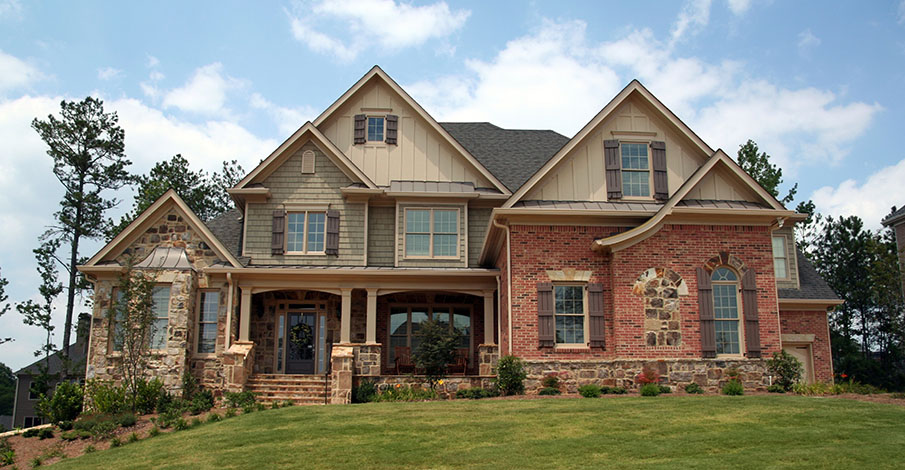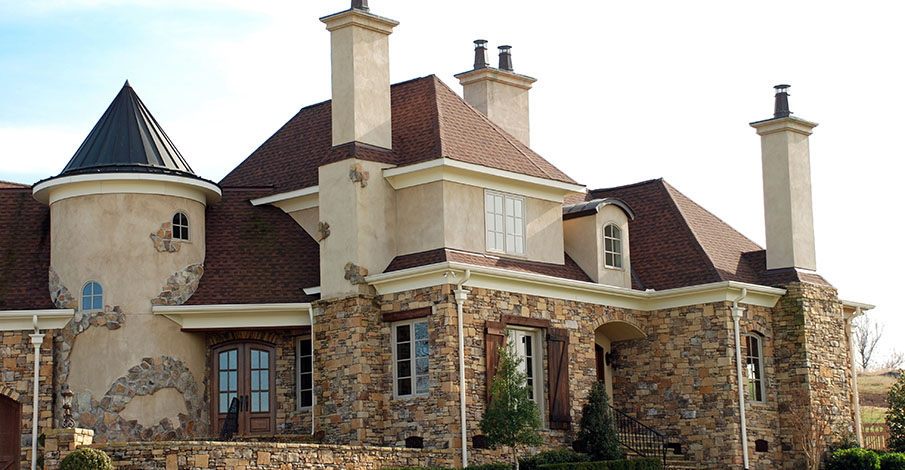If you own a single-story house, it won’t be long until you are going to need more space. While cutting your yard short is not a feasible option, the only is to go up. However, there are several things a home addition builder considers such as the foundation of the house and if it can support a second story. So, let’s discuss what does your foundation has to do when it comes to adding a second story.
Major Types Of House Foundations
There are two major types of foundations, shallow foundation, and deep foundation. A shallow foundation tends to be relatively cheap to lay and is usually 1.5 meters deep. Unlike the deep foundation, the load carried by the shallow foundation is not transferred to the deeper part of the ground.
On the other hand, a deep foundation is used to reach deep into the soil where the inner layer happens to be far better than the top layer. However, shallow foundations are normally used for high buildings and buildings that are designed to carry extreme weight.
Adding A Story
Adding a story to an existing building is fairly common in countries that are overpopulated. Even though it can be done easily by a structural engineer but having practical knowledge of the requirements is crucial. With that said, the first question raised by homeowners in this regard is the strength and health of their foundation.
There are several reasons to consider the health of the foundation. First, it provides stability. The stability of the house should be such that it does not sink into the soil, especially in the case of a high-rise building as mentioned earlier. This is because the weight is removed from the building and transferred to the soil.
Secondly, it holds the structure upright and acts as a defense against natural disasters. A well-built foundation keeps the building standing upright even after decades. This is why, a lot of effort, resources and time goes into ensuring that the foundation is strong.
At the same time, natural disasters are unexpected and can cause a lot of damage. Since they are unavoidable, you need to make sure that the building keeps standing even if it is flooded by water or hit by a severe thunderstorm. Most foundations include concrete slabs to protect the building against earthquakes.
Foundation Requirements For Adding A Second Story
Get An Approval
The first and the most important factor that comes into play when adding a second story is getting local approval. The thing is that not every country or state grants such approvals easily. The reason is that the local authorities will first question the health of your existing foundation and will mostly send a team to investigate.
The approval will only be granted if your foundation meet’s the government standards. Bypassing the government’s approval may lead to your house being demolished. Therefore, having approval will save you from a lot of legal trouble down the road.
Get A Compatible Design
Once the approval has been granted, you should now consult a structural engineer and share your vision for the second story design. Make sure that you lay down your needs and preferences. The roofing will play an important role so that the foundation is able to handle the weight conveniently.
Consulting with a structural engineer will offer you a better view of the project. In some cases, homeowners are not aware of their foundation’s strength and therefore, the structural engineer advises them not to proceed with the process.
If that is the case, you will need to invest in your foundation and improve its strength so that the second story is added with minimum risks. Plus, you might also end up spending more money, so keep this in mind as well.
Carry Out A Soil Test
It is rare that homeowners carry out a soil test before adding a second story. With time, the soil might have become weaker, which is not going to be suitable for handling the weight. Therefore, consult with a structural engineer and see if the soil needs replacement.
Final Word
In the end, adding a second story is an exciting home addition project but you need to be aware of the soil and foundation strength. Follow the tips mentioned above and make sure to consult architects builders DC to be on the safe side.



